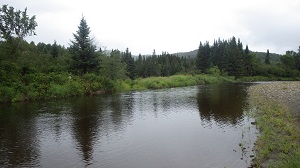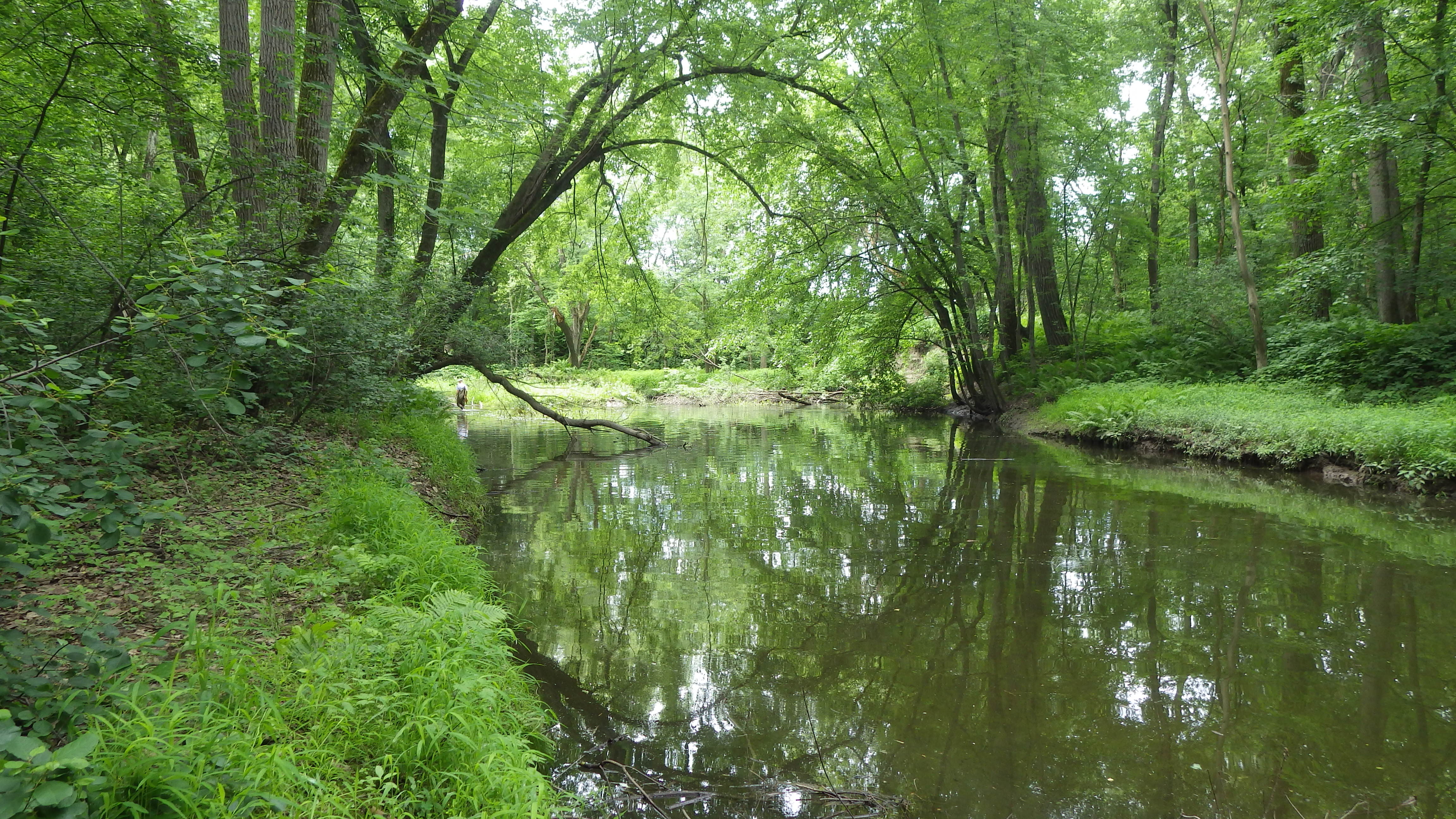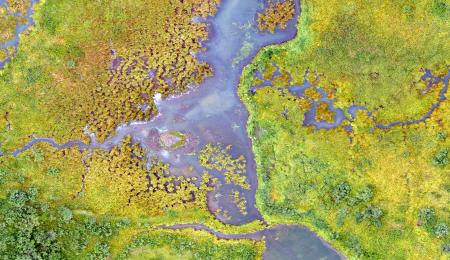Water Quality Assessment and TMDLs
The biennial assessment of surface water quality and subsequent development of Total Maximum Daily Loads (TMDLs).
Every two years, NHDES produces an Integrated Report describing the quality of New Hampshire’s surface waters and an analysis of the extent to which all such waters provide for the protection and propagation of a balanced population of shellfish, fish and wildlife, and allow recreational activities in and on the water. Some waters are categorized as impaired, and some impaired waters require the creation of a Total Maximum Daily Load (TMDL).
A TMDL is the calculation of the maximum amount of a pollutant that a waterbody can receive while it also attains or maintains water quality standards for its designated use.
Why We Do Assessments
 The Federal Water Pollution Control Act [PL92-500, commonly called the Clean Water Act (CWA)], as last reauthorized by the Water Quality Act of 1987, requires each state to submit two surface water quality documents to the United States Environmental Protection Agency (EPA) every two years. Section 305(b) of the CWA requires submittal of a report (commonly called the "305(b) Report"), that describes the quality of its surface waters and an analysis of the extent to which all such waters provide for the protection and propagation of a balanced population of shellfish, fish and wildlife, and allow recreational activities in and on the water.
The Federal Water Pollution Control Act [PL92-500, commonly called the Clean Water Act (CWA)], as last reauthorized by the Water Quality Act of 1987, requires each state to submit two surface water quality documents to the United States Environmental Protection Agency (EPA) every two years. Section 305(b) of the CWA requires submittal of a report (commonly called the "305(b) Report"), that describes the quality of its surface waters and an analysis of the extent to which all such waters provide for the protection and propagation of a balanced population of shellfish, fish and wildlife, and allow recreational activities in and on the water.
The second document is typically called the "303(d) List," which is so named because it is a requirement of Section 303(d) of the CWA. The 303(d) List includes surface waters that are:
- Impaired or threatened by a pollutant or pollutant(s).
- Not expected to meet water quality standards within a reasonable time even after application of best available technology standards for point sources or best management practices for nonpoint sources.
- Require development and implementation of a comprehensive water quality study (a Total Maximum Daily Load (TMDL) study), which is designed to meet water quality standards.
What is a TMDL?
 The Total Maximum Daily Load (TMDL) refers to the pollutant reductions a waterbody needs to meet New Hampshire's water quality standards.
The Total Maximum Daily Load (TMDL) refers to the pollutant reductions a waterbody needs to meet New Hampshire's water quality standards.
The general process by which TMDLs are developed includes identifying the problem pollutant, identifying the specific sources contributing the pollutant of concern, establishing of the water quality goals or target values needed to achieve water quality standards and then assigning a specific load allocation to each of the sources.
The TMDL calculation consists of the sum of the waste load allocations (WLA) for point sources, load allocations (LA) for nonpoint sources and naturally occurring background sources, a margin of safety (MOS) that accounts for uncertainty and any lack of knowledge concerning the relationship between effluent limitations and water quality and is required to account for seasonal variations.
TMDL = WLA + LA + MOS
TMDLs may be expressed in terms of either mass per time, toxicity, concentration, narrative description, or other appropriate measure that relate to a State's water quality standard. All TMDLs are subject to public review and comment and must be submitted to the EPA for review and approval.
Are you looking for a TMDL ID? You can look up existing EPA approved TMDL IDs in the List of ORW and Impaired (4A and 5) Waters for CGP NOIs.
TMDL Reports by Category
Resources
Related Content
Did you know?
Did you know?
Eelgrass beds in the Great Bay Estuary have been mapped from 1948 to present day. Check out NHDES’ interactive map to explore how eelgrass has changed over time.
Biennial Assessments
Explore all the information relative to the biennial assessments, including: 303(d) List – Impaired waters requiring a TMDL; status of all assessed waterbodies; guidance on accessing GIS assessment data; narrative documents on changes from the previous cycle; and much, much more.
Want to learn more about your waterbody? Check out our interactive maps!
These interactive maps allow individuals to:
- see the spatial extent of assessment units,
- see where sampling data was collected,
- access the Watershed Report Cards (a.k.a. 305(b)/303(d) assessment info),
- run reports to access water quality data summaries used in the assessment process, and
- view the extent of the EPA's 2017 MS4 General Permit Areas.





